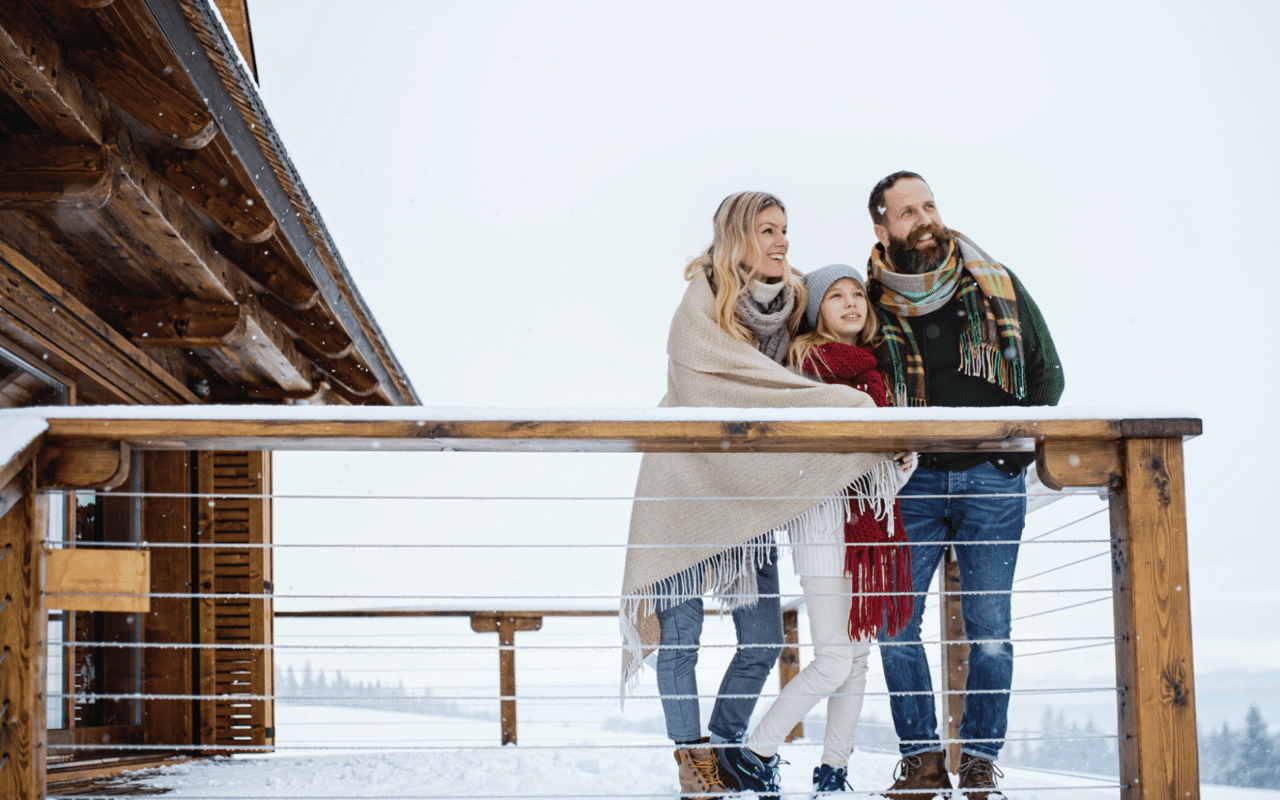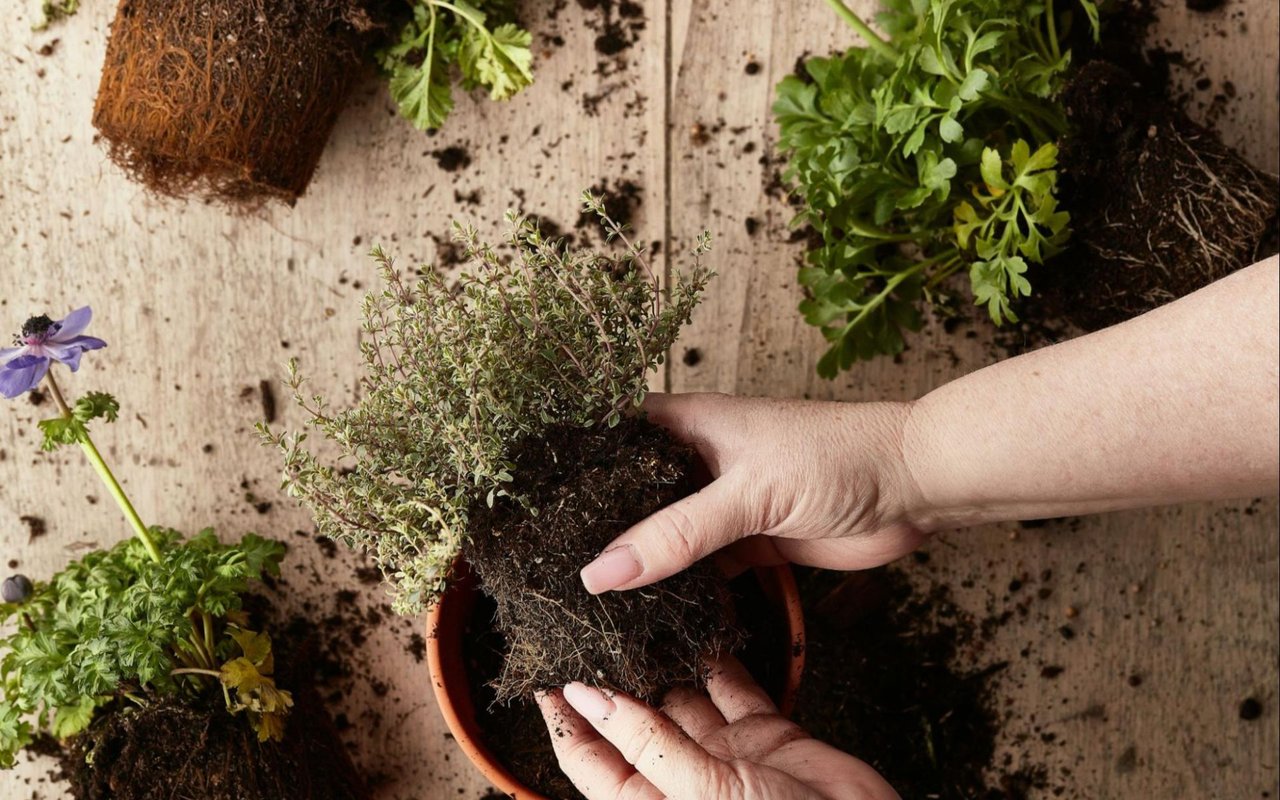As the temperatures drop and winter approaches, it's essential to ensure your home is well-prepared for the colder months. Winterizing your home not only helps to keep you and your family warm and comfortable, but it also protects your property from damage that freezing temperatures, ice, and snow can cause. Taking the time to winterize properly can also lead to significant energy savings, reducing your heating costs and increasing overall efficiency. Here’s how you can winterize your home to safeguard it from the harsh winter elements while keeping your energy bills in check.
Inspect and Seal Your Windows and Doors
Windows and doors are common areas where heat can escape, which can lead to higher energy bills and a less comfortable living space. Start by inspecting all your windows and doors for any drafts. An easy way to check for air leaks is to hold a lit candle near the edges of the window or door frames; if the flame flickers, you likely have a draft.
Sealing Leaks
Use weatherstripping or caulking to seal gaps around windows and doors. Weatherstripping is typically applied around doorframes to prevent drafts, while caulk is used to seal cracks in stationary elements like window panes. Adding draft stoppers to the base of exterior doors is another simple way to keep the cold air out.
Upgrade to Energy-Efficient Windows
If your windows are older and particularly drafty, consider upgrading to energy-efficient, double-pane windows. While this is a larger investment, it can significantly reduce heat loss and lower your energy bills over time. If replacing windows isn’t an option, using thermal curtains can help insulate your home from the cold.
Check and Clean Your Heating System
Your heating system is your primary defense against the cold, so ensuring it’s in good working condition before winter hits is essential. Schedule a professional inspection of your furnace, boiler, or heat pump to ensure everything is operating efficiently. A technician can clean components, replace filters, and check for any signs of wear or damage that could affect performance.
Replace Filters
If your home has a forced-air heating system, changing the air filter regularly is critical for maintaining efficiency. A dirty filter restricts airflow, making the system work harder to heat your home, which not only increases your energy bill but can also shorten the lifespan of the system.
Consider a Smart Thermostat
Upgrading to a smart thermostat is another way to optimize your heating system. These devices allow you to program your heating schedule to suit your lifestyle and even adjust the temperature remotely. Some smart thermostats can learn your habits and automatically reduce energy consumption when you’re not home, leading to potential cost savings.
Insulate Your Attic and Basement
Heat rises, and if your attic isn’t properly insulated, it can become a significant source of heat loss. Adding insulation to your attic can help trap heat inside your home, making it warmer and more energy-efficient.
Attic Insulation
There are various types of insulation materials to choose from, including fiberglass batts, blown-in cellulose, and spray foam. The goal is to ensure that your attic has sufficient insulation to prevent heat from escaping through the roof. You should also check for and seal any gaps around attic vents or chimneys to ensure that warm air stays inside.
Basement Insulation
Your basement can also be a source of heat loss, particularly if it’s unfinished. Insulating the walls of your basement can prevent cold air from seeping into your living areas. Pay close attention to insulating pipes in the basement as well, as exposed pipes are vulnerable to freezing in cold temperatures, which can lead to costly repairs.
Protect Your Pipes from Freezing
Frozen pipes can cause significant damage if they burst, leading to flooding and expensive repairs. To prevent this, take steps to insulate your home’s plumbing system.
Insulate Pipes
Wrap any exposed pipes in unheated areas of your home, such as in the basement, garage, or attic, with foam pipe insulation. This will help keep them from freezing when temperatures drop.
Let Faucets Drip
On particularly cold nights, allowing your faucets to drip slightly can relieve pressure in the pipes, reducing the risk of them freezing and bursting. Keeping cabinet doors open under sinks also helps warm air circulate around the pipes.
Shut Off Outdoor Water
Don’t forget to disconnect and drain garden hoses, and turn off the water supply to exterior faucets. If you have an irrigation system, it’s important to blow out the lines and winterize them to avoid any damage from freezing water left inside.
Clean and Inspect Your Gutters
Gutters play a crucial role in directing water away from your home. If they’re clogged with leaves, twigs, and other debris, they can become ineffective, causing water to back up and potentially freeze. Ice dams can form on your roof, which can lead to leaks and water damage inside your home.
Clear Debris
Clean out your gutters before the first snowfall to ensure that water can flow freely. If you live in an area prone to heavy snow and ice, installing gutter guards can help prevent debris buildup throughout the winter.
Check Downspouts
Make sure that your downspouts direct water at least five to ten feet away from your home’s foundation. Proper drainage prevents water from seeping into your basement or causing foundation damage.
Winterize Your Fireplace
If you have a fireplace, especially a wood-burning one, it can be a great source of warmth and ambiance during the winter. However, it’s important to ensure it’s safe and efficient before you use it.
Chimney Inspection
Have your chimney professionally cleaned and inspected annually to remove any creosote buildup and check for structural issues. Creosote is a flammable substance that can accumulate inside the chimney, leading to a potential fire hazard.
Seal the Damper
When not in use, make sure the damper is tightly sealed to prevent warm air from escaping through the chimney. If your fireplace doesn’t have a damper, or if you rarely use it, consider using a chimney balloon to block drafts.
Use a Fireplace Insert
If you use your fireplace as a primary heat source, installing a fireplace insert can significantly improve efficiency. Inserts are designed to burn wood more effectively and trap heat, preventing it from escaping through the chimney.
Prepare Your Outdoor Spaces
Winterizing your home extends to your outdoor areas as well. Protecting your patio furniture, plants, and other outdoor features can save you from costly replacements or repairs come spring.
Store or Cover Patio Furniture
Move patio furniture, grills, and other outdoor equipment into storage if possible. If space is limited, use weather-resistant covers to protect them from snow, ice, and freezing temperatures.
Trim Trees and Shrubs
Pruning trees and shrubs before winter hits can help prevent branches from breaking under the weight of snow and ice, which can damage your home or power lines.
Protect Outdoor Plants
If you have delicate plants in your garden, consider covering them with burlap or frost cloth to protect them from freezing temperatures. Alternatively, move potted plants indoors to keep them safe from the cold.
Test Smoke and Carbon Monoxide Detectors
As you prepare for winter, it’s important to remember that the increased use of heating systems can also increase the risk of fire and carbon monoxide exposure. Test your smoke and carbon monoxide detectors to ensure they’re functioning properly, and replace the batteries if needed.
Install Additional Detectors
If you don’t have carbon monoxide detectors near your bedrooms and living areas, consider installing them. Carbon monoxide is an odorless, colorless gas that can be deadly, especially during winter months when homes are sealed tightly and heating systems are running continuously.
Stock Up on Winter Essentials
Preparing your home for winter also means ensuring you’re ready for any severe weather that might come your way. Having essential supplies on hand can make winter storms and power outages easier to navigate.
Stockpile Ice Melt and Shovels
Keep ice melt, snow shovels, and a good quality ice scraper on hand to clear walkways and driveways after a storm. If you live in an area prone to heavy snow, investing in a snow blower can save you a lot of time and effort.
Prepare for Power Outages
Winter storms can sometimes cause power outages, so it’s wise to have an emergency kit ready. Stock it with items like flashlights, batteries, blankets, non-perishable food, bottled water, and a first-aid kit. If you live in an area that frequently experiences power outages, consider investing in a portable generator to keep essential appliances running.
Winterizing your home is an essential task that protects your property and ensures your comfort throughout the colder months. By taking these preventative steps, you’ll not only safeguard your home from potential damage but also improve energy efficiency and reduce heating costs. From sealing drafts to protecting your pipes, a well-prepared home will make for a safer and more enjoyable winter season.
Britany Erickson: Your Trusted Real Estate Agent
Britany Erickson is the go-to real estate agent. With extensive experience and a commitment to client satisfaction, Britany ensures a seamless and stress-free moving experience.
Contact Britany Erickson today to start planning your move and find the perfect home in Evanston, WY.










